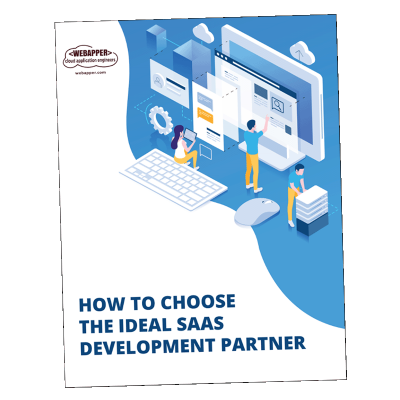SaaS Release Management
Seamlessly deploying software updates and new versions is crucial for SaaS companies to be competitive. Release management is the orchestration of building, testing, and deploying software releases. For SaaS companies operating at rapid speed, mastering release management is essential to push frequent upgrades while maintaining quality service.
Automated release processes allow SaaS companies to smoothly deliver improved and innovative features. With effective release protocols in place, new capabilities can be deployed without causing downtime or introducing quality issues. Release management enables continuous delivery by coordinating activities across teams, from developers to QA to operations.
By implementing automated release management flows, SaaS companies can focus on rapid iteration. This optimized approach to shipping software gives SaaS firms the flexibility and responsiveness needed to meet the evolving demands of the market. In a competitive landscape, mastering release management is imperative for SaaS providers to regularly delight customers at scale.
Nightmare SaaS Releases
SaaS companies must balance innovation with maintaining continuity for customers. History is the best teacher, and there are noteworthy examples of SaaS companies that stumbled when releasing new versions.
Shopify
Shopify admitted rushing an infrastructure update that brought downtime during Black Friday sales in 2021.
Slack
In 2016, an accidental rollout of a major update to all infrastructure caused a Slack outage, which disrupted operations for many customers who were not ready to upgrade.
Zenefits
HR SaaS provider Zenefits had a disastrous release in 2016 that crashed their systems.
Basecamp
in 2021, a Basecamp release upset many customers who weren’t ready for dramatic changes.
Freshdesk
Many Freshdesk customers complained about being forced into new pricing tiers as part of a 2021 release.
These stories reflect the importance of communication with users, extensive testing, opt-in upgrades, transition periods, and rollbacks.
The Impact of Poor Release Management
When SaaS companies mishandle major releases, it can create a range of problems for customers. Careful release management and coordination with customers is crucial to avoid these technical, operational, financial and productivity impacts on users not prepared for substantial version upgrades.
Service Disruptions
Failed upgrades can directly result in outages, with downtime preventing customer access.
Loss of Data
Upgrades may incorrectly manage customer data or settings, leading to data loss or resets.
Broken Workflows
Dramatic changes in UI/UX or features can break customer workflows built around the older version.
Malfunctions from Bugs
Insufficient testing can lead to regressions or bugs not present in the prior version.
Unplanned Costs
Difficult upgrades can force unexpected costs on customers (e.g., IT time, staff retraining).
Productivity Lags
Major changes require customer reorientation which slows productivity during tthe transition.
Unfamiliar Interfaces
Updating UIs can disorient users, reducing SaaS usability.
Keys to Successful Release Management
- Clearly communicate timelines: Notify customers in advance of major version releases. Share expected timelines for migrations or upgrades.
- Maintain separate environments for major versions: Keep infrastructure and codebases for the current and upcoming major versions isolated during development and testing.
- Offer a Transition Period: Support the old major version for a period of time, allowing customers to upgrade on their own timeline.
- Allow Upgrade Opt-in: Give customers the option to upgrade to the new version sooner or remain on the old version.
- Enable Incremental Upgrades: Roll out upgrades gradually in waves to monitor for issues.
- Use Feature Flags: Develop with feature flags to control access to new version functionality.
- Support Downgrades: Allow customers to downgrade and roll back to the previous major version if an upgrade has issues.
- Test, Test, Test: Rigorously test the new version internally before making it generally available.
- Document: Provide release notes, upgrade guides, and technical documentation for releases.
- Extend Customer Success: Expect customer success teams to provide more assistance during transitions (resource accordingly).
- Monitor: Keep a close watch on usage data and monitoring for post-release problems.
SaaS Release Management Lessons
When SaaS companies release new versions of their products, it can go wrong if they’re not careful. Without careful planning and testing, upgrades can crash systems, delete data, or confuse users. Companies need to plan ahead so customers can upgrade on their own timeline. Let some users test early versions before rolling out widely, support older versions for a while, and release slowly. Watch for issues and be ready to rollback if needed. Clear communication about changes helps customers upgrade smoothly without disruption. Take the time to do it right so your users remain happy.



Leave A Comment